TIPA announces its awards for the best cameras of 2015
But which ones are the winners, and are they the cameras you would vote for?
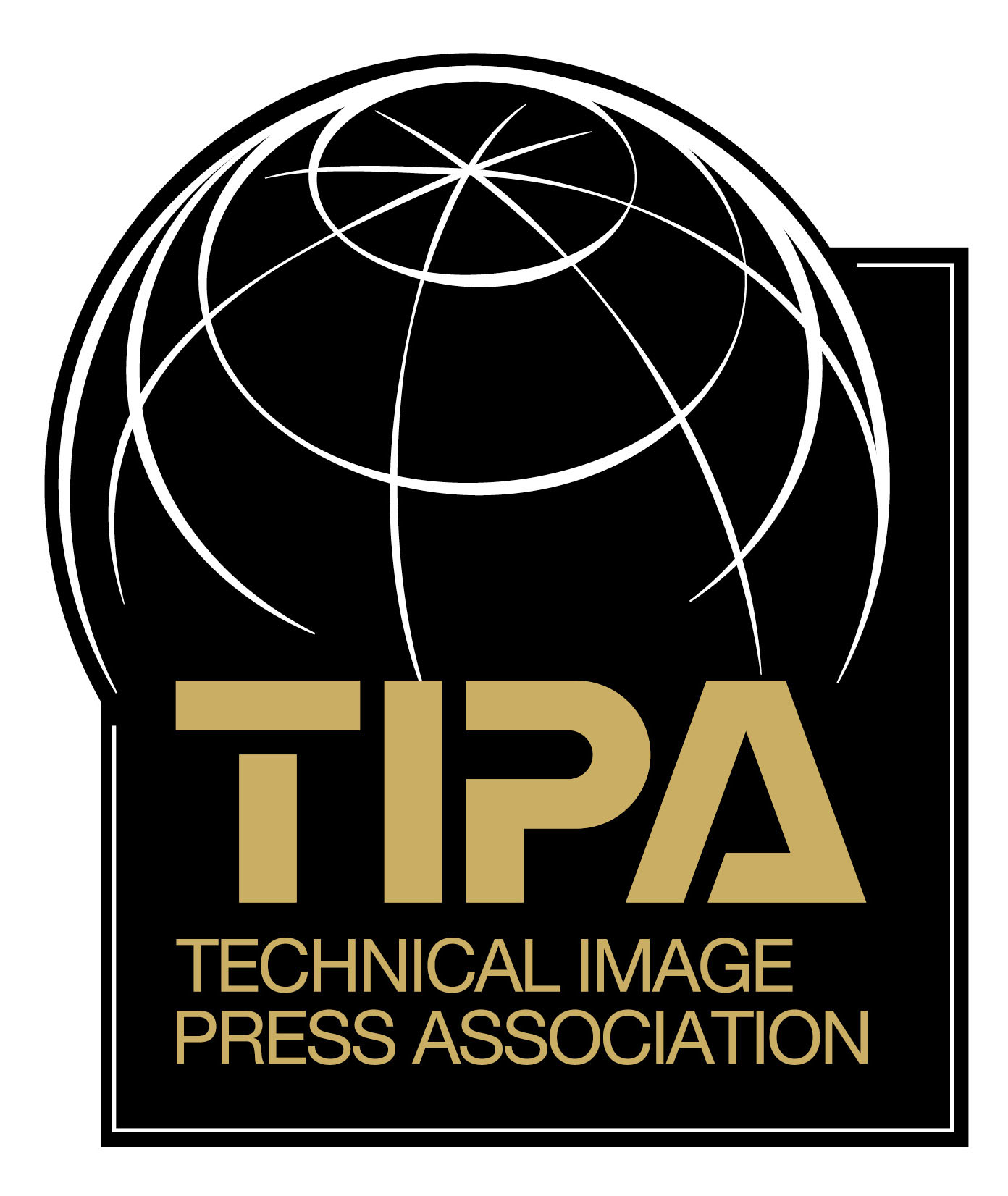
TIPA awards explained
This is the 25th year of the TIPA awards and what started out as an association of European photo magazines in 1991 has now expanded into a global concern. TIPA awards are only given to products which have been tested and reviewed by the magazines, and are voted on annually by TIPA members. A TIPA award is big news for camera makers since they can then use the TIPA logo on their marketing materials. So here's list of this year's winners, some comments of our own and links to our reviews on Techradar.
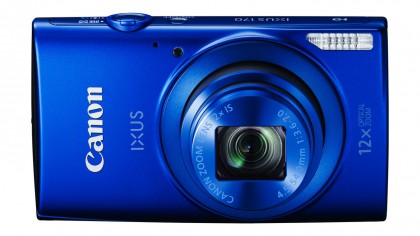
Best Easy Compact Camera
Canon IXUS (ELPH) 160/165/170
Canon's three new Ixus models are part of a routine upgrade to its pocket camera line-up. The IXUS 170 features a 12x optical zoom, while the IXUS 160 and the IXUS 165 have 8x optical zooms. All three of the cameras feature a 20 million pixel sensor and 720p video recording capabilities, while the IXUS 170 and 165 are equipped with Intelligent IS to help deliver blur-free images and combat camera shake.
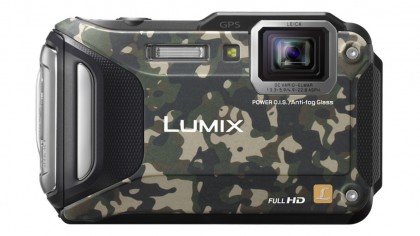
Best Rugged Camera
Panasonic LUMIX DMC-FT6 (TS6)
The FT6 is a rugged pocket-sized camera that's waterproof down to a depth of 13m, shockproof to a height of 2m, freezeproof down to a temperature of -10 centigrade and dustproof. Panasonic says it can resist a crushing pressure of 100kgf. You get a 16-megapixel sensor and 4.6x optical zoom and the ability to shoot 1920 x 1080 full HD too. It's the latest in a line of rugged FT-series compact cameras from Panasonic.
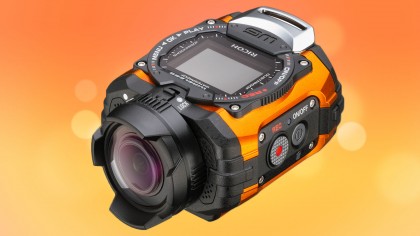
Best ActionCam
Ricoh WG-M1
We loved the look of the WG-M1 as soon as we saw it, though we're still waiting to get one in for review (bah!). 'Ruggedised' compact digital cameras are common enough these days, but the new Ricoh WG-M1 is different, with its pebble-like design, the LCD screen on the top and buttons on the sides. There's no zoom on this camera, just an 'ultra-wide-angle' 3mm fixed focal length lens with a 160-degree angle of view – so it's like a crossover action cam product.
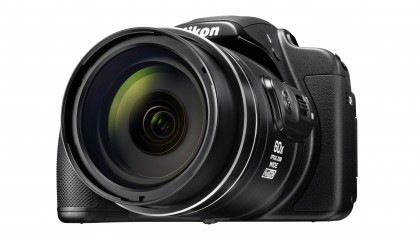
Best Superzoom Camera
Nikon COOLPIX P610
The Nikon P610 is one of Nikon's latest bridge cameras and replaces the Nikon P600. It doesn't have the monster-sized 83x zoom of the P900, but the 60x optical zoom in the P610 is still pretty spectacular by any standards, and delivers an equivalent 35mm focal length range of 24-1440mm. The small sensors are always a limitation in bridge cameras, but the P610 performs well regardless and produces good quality images, especially in favourable conditions.
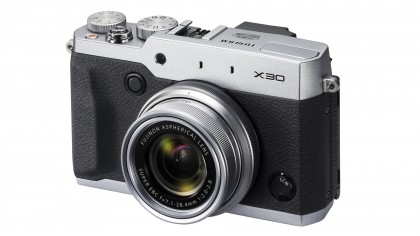
Best Expert Compact Camera
Fujifilm X30
The Fujifilm X20 was one of our favourite high-end compact cameras of recent times, with a great lens, sensor and processing engine. These stay the same in the X30, but the old optical viewfinder has been swapped for a high-resolution electronic viewfinder and the rear LCD now has a tilting mechanism. There are similar-sized high-end compacts with larger sensors, but the X30 offers great value, handling and image quality nonetheless.
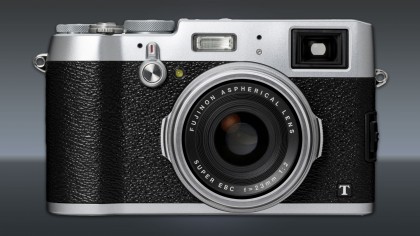
Best Premium Camera
Fujifilm X100T
Another winner for Fuji, this time in the shape of an old-school 'retro' camera with a fixed 35mm equivalent f/2.0 lens and traditional external controls for shutter speed and lens aperture. It follows on from the original X100, an unexpected hit with enthusiasts, and the X100S. The X100T's improvements include a new Classic Chrome film simulation mode, improvements to the unique hybrid optical/electronic viewfinder and a new electronic shutter mode.
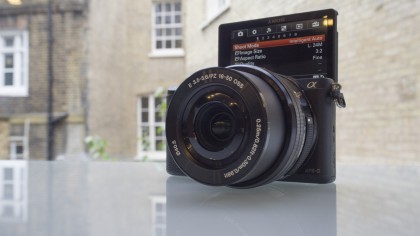
Best CSC Entry Level
Sony A5100
One of those slow-burn cameras that looks like a relatively modest and straightforward development of its predecessors but proves to be a dependable and affordable 'go-to' camera for beginners. The A5100 has a 24-megapixel APS-C CMOS sensor which delivers good image quality and a speedy hybrid autofocus system, all packed into a very small body. Wi-Fi and NFC are built in, and there's a 180-degree tilting screen for selfie fans.
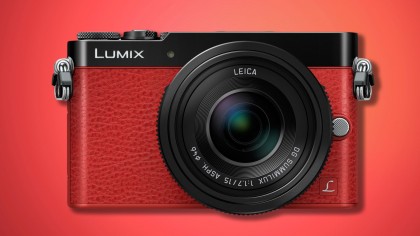
Best CSC Advanced
Panasonic LUMIX DMC-GM5
The most amazing thing about the Panasonic GM5 is how the designers managed to make a Micro Four Thirds compact system camera so small and yet still squeeze in an electronic viewfinder. On top of this, the GM5 delivers superb image quality – and while it doesn't have NFC, it does have Wi-Fi and touch-screen control. If the price is a little too steep (the GM5 is a miracle of engineering, after all), there's always the GM1 – though this doesn't have a viewfinder.
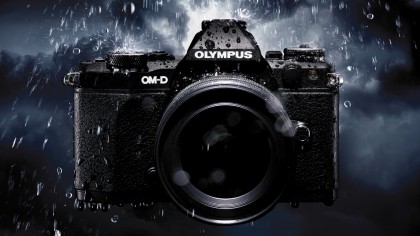
Best CSC Expert
Olympus OM-D E-M5 Mark ll
Olympus really pulled out all the stops with the E-M5 II, and the result is a camera that seems to be able to do almost anything. The excellent sensor-based 5-axis image stabilization system works for video as well as stills, and the sensor-shift mechanism is also used to provide the extraordinary 40-megapixel high-res mode – and these are 'real' pixels, not just interpolated data. The E-M5 II is also small and light and not particularly expensive when you look at what it can do.
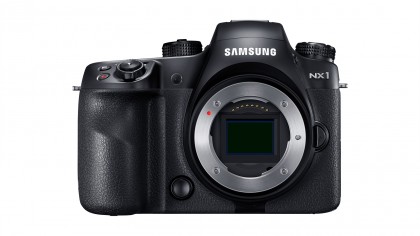
Best CSC Professional
Samsung NX1
The NX1 could be the camera that prises open the professional market – on paper, at least. Its key feature is its amazing 15fps continuous shooting mode, which even pro DSLRs like the Canon EOS-1D x and Nikon D4s can't match. But it also shoots 4K video, a market which the mainstream DSLR makers have yet to tackle. We were impressed by the image quality from its 28-megapixel APS-C sensor and by its handling and build quality.
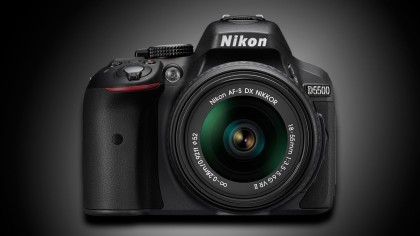
Best Digital SLR Entry Level
Nikon D5500
Nikon's steady evolution of its DSLR cameras is not producing too many surprises at the moment, but the D5500 is a great example of how a host of small changes can combine to produce a significant step forward. The D5500 uses a 24-megapixel sensor with no anti-aliasing effect, to produce some of the highest resolutions we've seen in from an APS-C camera. It's easy for beginners to learn with but has plenty of features to keep more advanced users happy too – and Wi-Fi and NFC are built in.
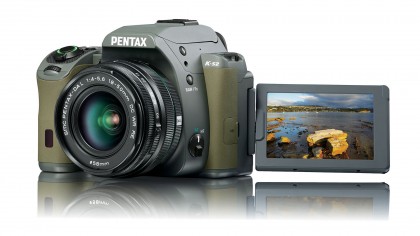
Best Digital SLR Advanced
Pentax K-S2
The K-S2 is very new and we've not been able to get a sample in for review at the time of writing – but it looks good. It joins the Pentax range a step up from the K-S1, and it looks a much more serious type of camera, with a 20-megapixel non-anti-aliased APS-C sensor, fully-articulating rear screen, twin control dials (always popular with enthusiasts) and Wi-Fi and NFC too. It has a new, retracting kit lens to cut down the bulk, and both lens and body are weatherproof.
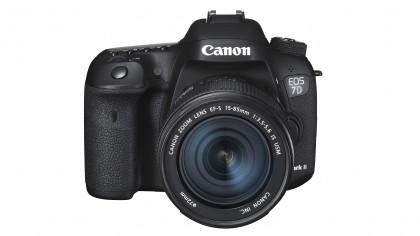
Best Digital SLR Expert
Canon EOS 7D Mark II
Canon fans had to wait a long time for the EOS 7D Mark II, but it was worth it. Highlights include pro-level 10fps continuous shooting in an amateur camera, a state-of-the-art autofocus system and a rugged, weatherproof build. It's the perfect 'do-it-all' camera for real photo enthusiasts. It's not often that we recommend making a direct upgrade from the model that immediately precedes a camera (the original 7D), but this case is an exception.
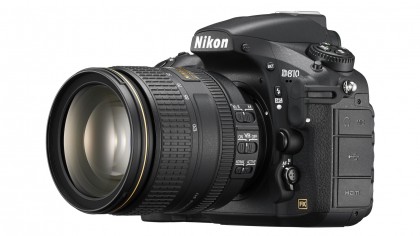
Best Digital SLR Professional
Nikon D810
Nikon caused a storm when it introduced the original 36-megapixel Nikon D800, and the D810 is a well-planned upgrade which, although it appears to share similar specs, actually improves on the original in a host of different and important ways. It can deliver superb images in a wide range of conditions. Its high pixel count and tremendous detail resolution mean that it is especially well suited for use by landscape, still life and macro photography.
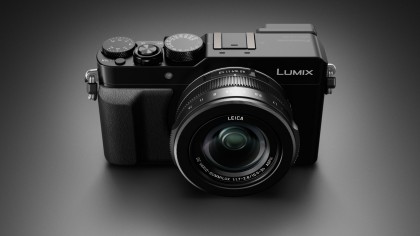
Best Photo/Video Camera Expert
Panasonic LUMIX DMC LX100
The LX100 is an extraordinary camera. Somehow, Panasonic has managed to shoehorn a Micro Four Thirds sensor, as used in its compact system cameras, into a high-end compact camera body – and still include an excellent lens, electronic viewfinder and traditional external controls. We rated the LX100 highly for its still image quality, but it also shoots 4K video – and in this respect it's got the jump even on professional D-SLRs.
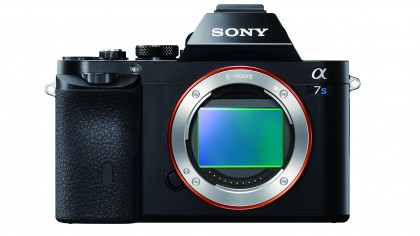
Best Photo/Video Camera Professional
Sony A7S
Of all Sony's four A7-series cameras, the A7S is the one with the lowest resolution – and the highest price. That's because its 12-megapixel full-frame sensor offers large photosites for maximum quality in low light – the A7S offers a staggering maximum ISO of 409,600. It's also designed for video, and can shoot 4K footage straight to an HDMI recorder (though it's restricted to full HD when using an internal card), and comes with both mic and headphone sockets.
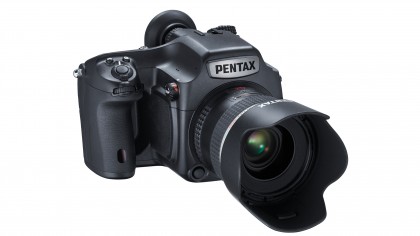
Best Medium Format Camera
Pentax 645Z
Pentax might play second fiddle to Canon and Nikon in the DSLR market right now, but neither of its rivals has anything to match the 645Z. It's a medium-format DSLR with a massive 44 x 33mm 51Mp sensor. That's the same resolution as the forthcoming Canon EOS 5Ds but with a sensor almost 70% larger. The 645Z is big, lumpy and expensive, but for a medium format DSLR it's a positive bargain – and it's the closest to conventional DSLR design, controls and handling.
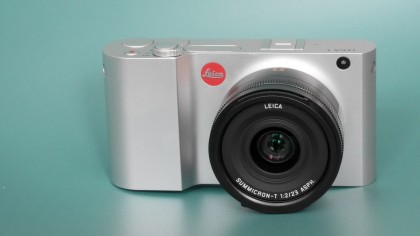
Best Design
Leica T (typ 701)
We had misgivings about the Leica's price and the limited range of lenses available for it (just two at the time of launch), but Leica has since released a telephoto zoom and super-wideangle zoom to bring the range up to four. As a piece of design, the Leica T is just spectacular. Inside the exquisitely crafted body (machined from a single block of aluminium!) is a 16.5-megapixel APS-C sensor, and Leica has introduce a new 'T' mount for its interchangeable lenses.
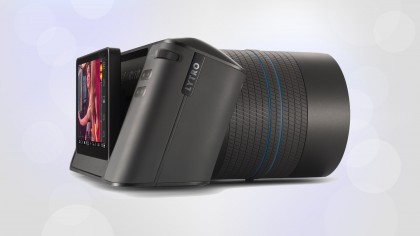
Best Imaging Innovation
Lytro Illum
The Lytro Illum is a lot easier to use – thankfully – than it is to explain. It's a 'light field' camera which captures 'megarays' rather than megapixels to store an image which can be refocused after you've taken it. The result is a 'living picture' where you can change the point of focus, adjust the depth of field and even create 3D effects. It might take a while for the world to get to grips with what this technology can do, but the Illum demonstrates it really well.

Rod is an independent photographer and photography journalist with more than 30 years' experience. He's previously worked as Head of Testing for Future’s photography magazines, including Digital Camera, N-Photo, PhotoPlus, Professional Photography, Photography Week and Practical Photoshop, and as Reviews Editor on Digital Camera World.